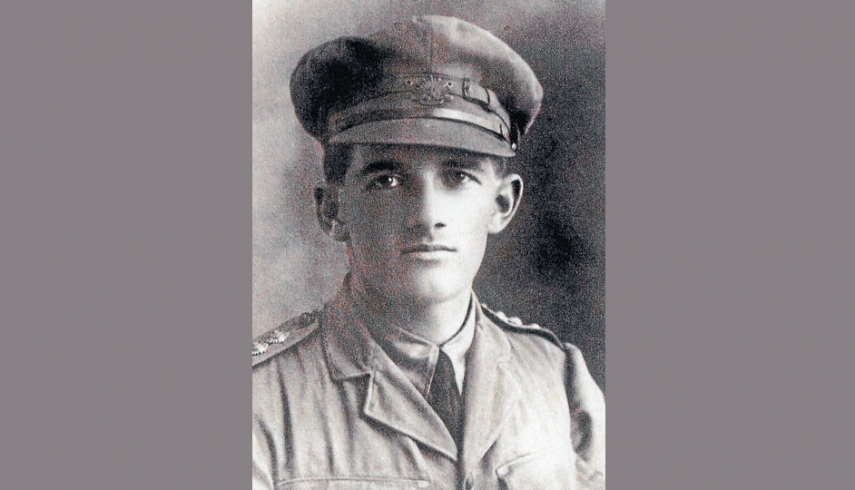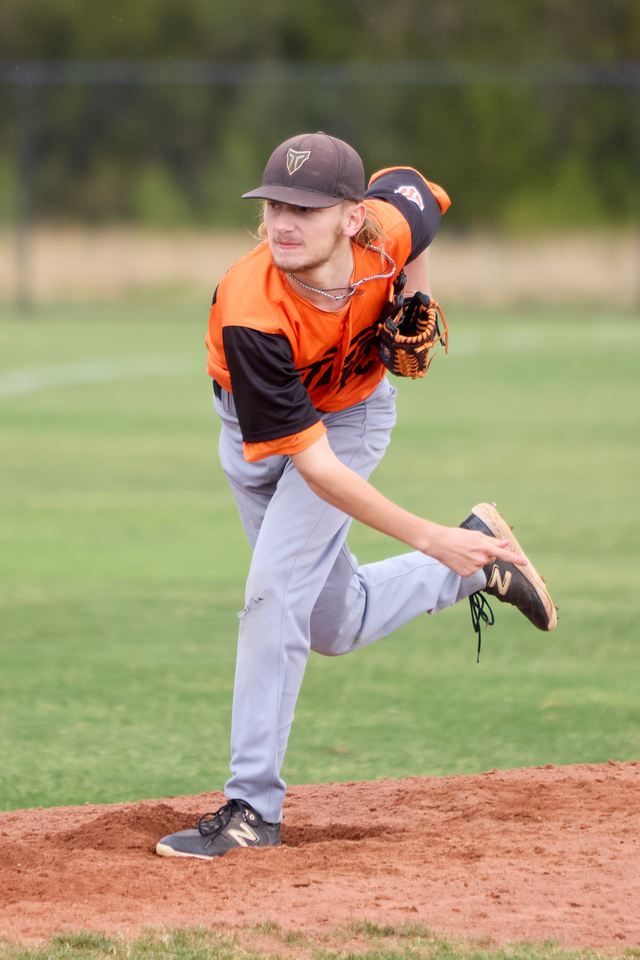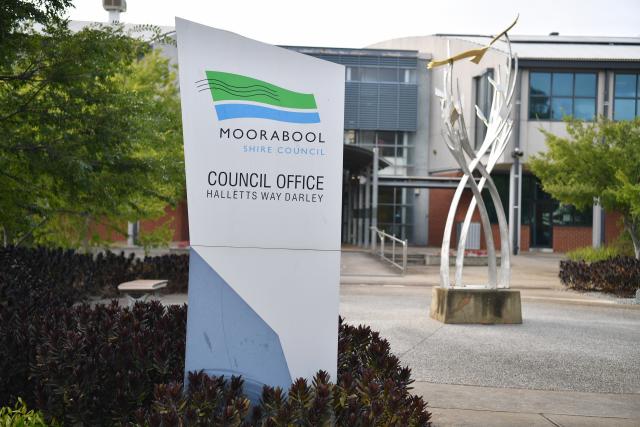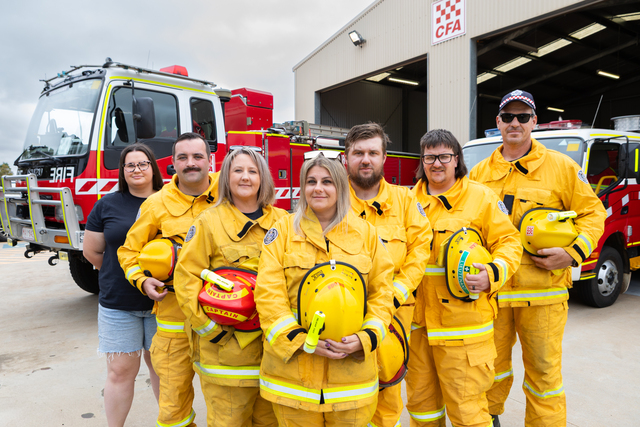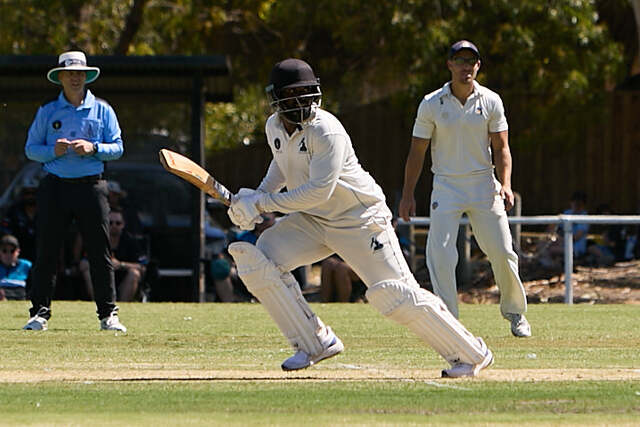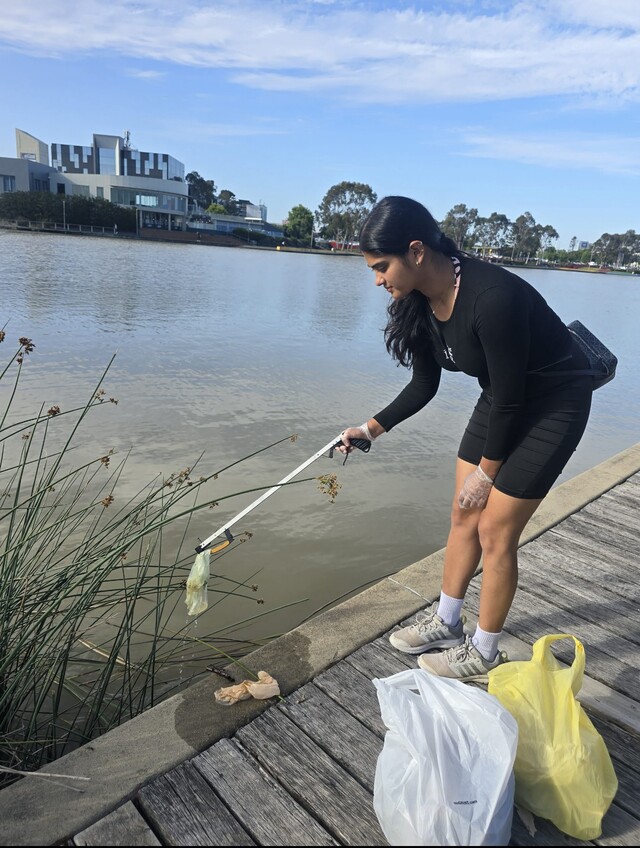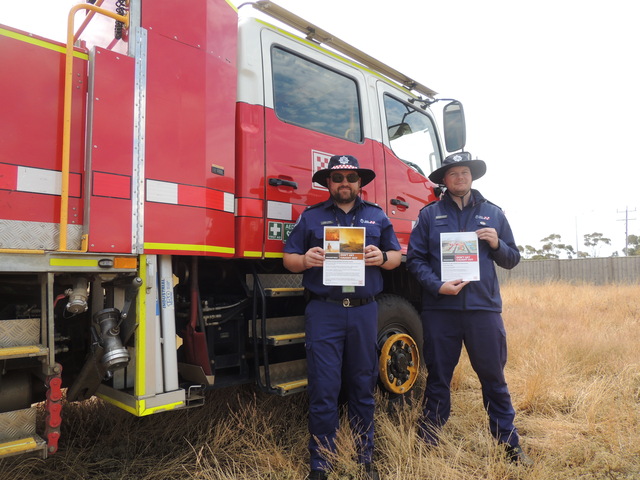CLIVE Boyer Hopkins was born in Mordialloc on February 9, 1896 to Charles Hopkins and Julia Mahoney, daughter of Cornelius Mahoney, one of Bacchus Marsh’s earliest settlers.
He was destined to become a soldier, as was his great uncle Major General W. F. Hopkins. His maternal grandfather, Cornelius, was a member of the Prince of Wales lighthorse for 16 years and rose to the rank of captain.
Hopkins did well at school and entered Duntroon Military College as the youngest-ever student at the time. He graduated in October 1914 before enlisting as a lieutenant on November 3.
Hopkins was present at the landing at Gallipoli on April 25, 1915 in command of No.16 Platoon of “D” Company and fought in a series of operations at the head of Monash Gully in April, May and June.
In July 1915, Hopkins was given the temporary rank of captain but was shot in the right arm less than a month later. In August he was admitted to hospital and caught a bug that became paratyphoid, an illness caused by salmonella, and contaminated water and food. After recovering, Hopkins was promoted to captain in February 1916.
He was mentioned in dispatches for his “coolness and leadership, enabling him in one particular instance to avert what might have been a most serious reverse” during August operations at Gallipoli. Transferred to the 45th Battalion on its creation, Hopkins left for France in June 1916.
Back in Australia, his family was receiving scant information about their son. His father was a station master at Spencer Street and wrote many letters asking about his welfare. The family had received information about his illness, but not of his recovery.
On September 4, a cable arrived stating that Hopkins was “quite fit and well”. The next cable arrived on November 29, informing them he had been killed in action on July 20.
Major Marks, of the 13th Battalion, wrote of Hopkins: “Cool in action, brave to a fault, one cannot speak too highly of the work and soldierly qualities of Captain Hopkins. Popular alike with officers and men, he combined the gift of leadership with the cool, hard calculation of the trained mind.”
Hopkins was 19 years old. He is honoured by tree number 128 on Bacchus Marsh’s Avenue of Honour.
■ Bacchus Marsh’s Anzac Day dawn service is from 5.45am at the cenotaph, followed breakfast in the shire hall. In Ballan, a march will leave the RSL in Inglis Street at 1.30pm, continuing to the cenotaph then to Mechanics Hall.

